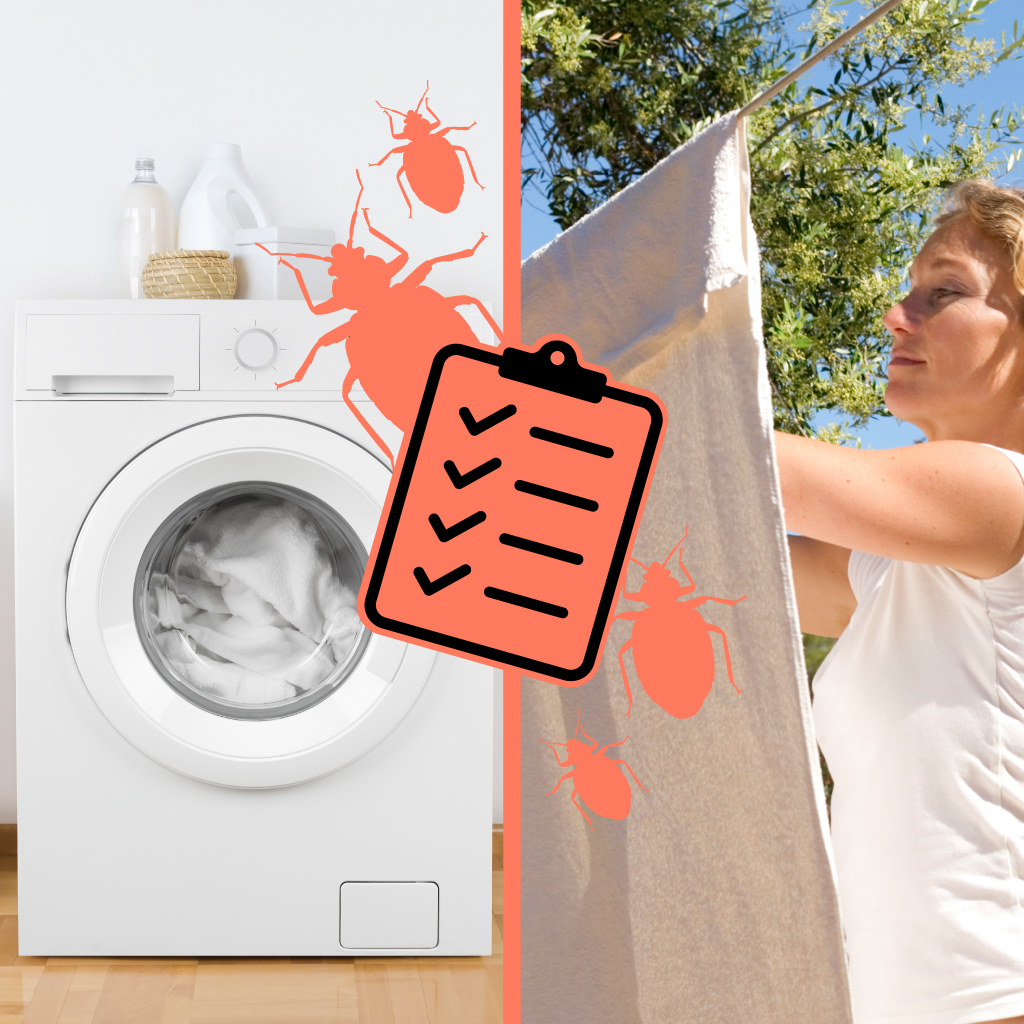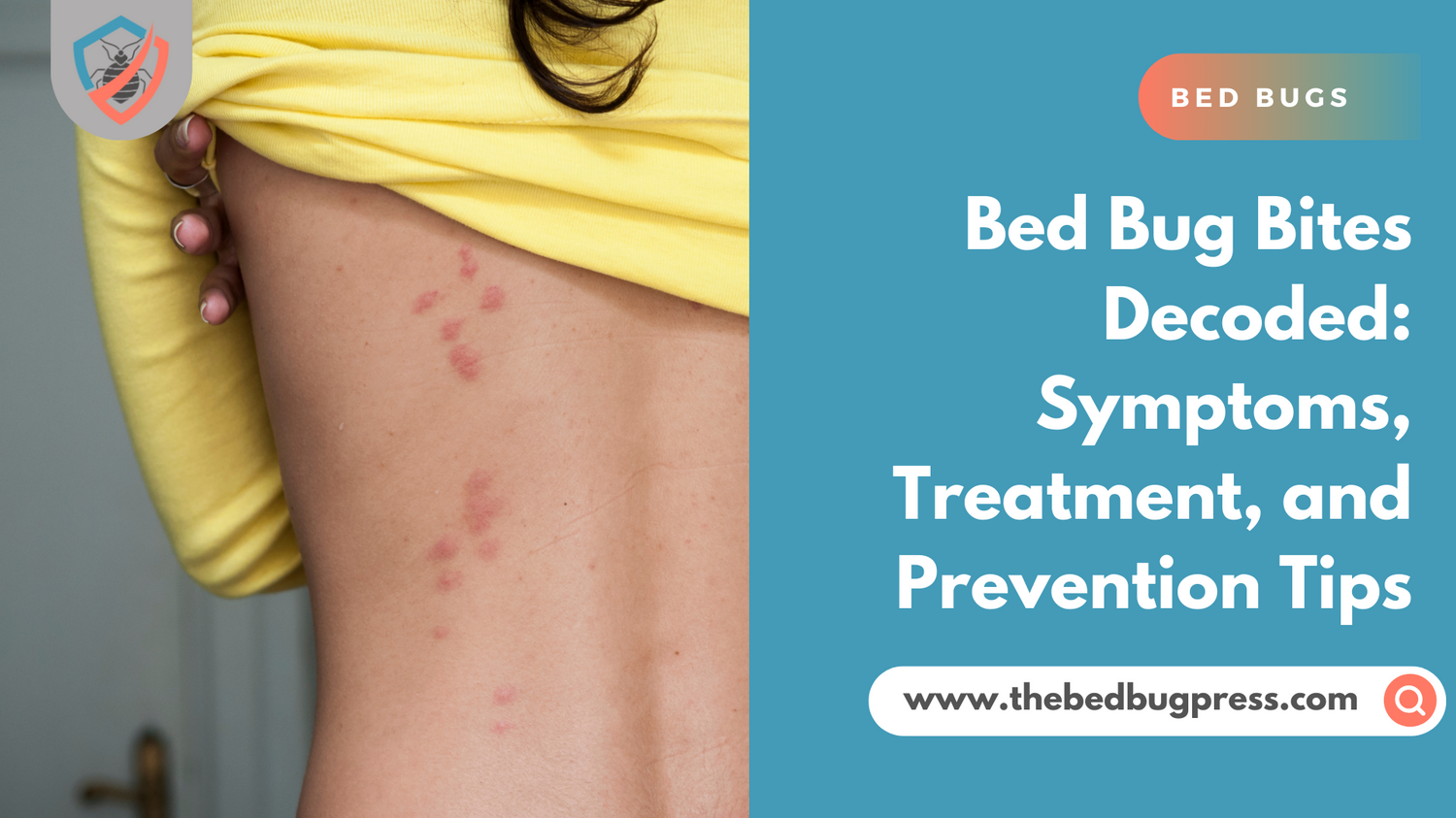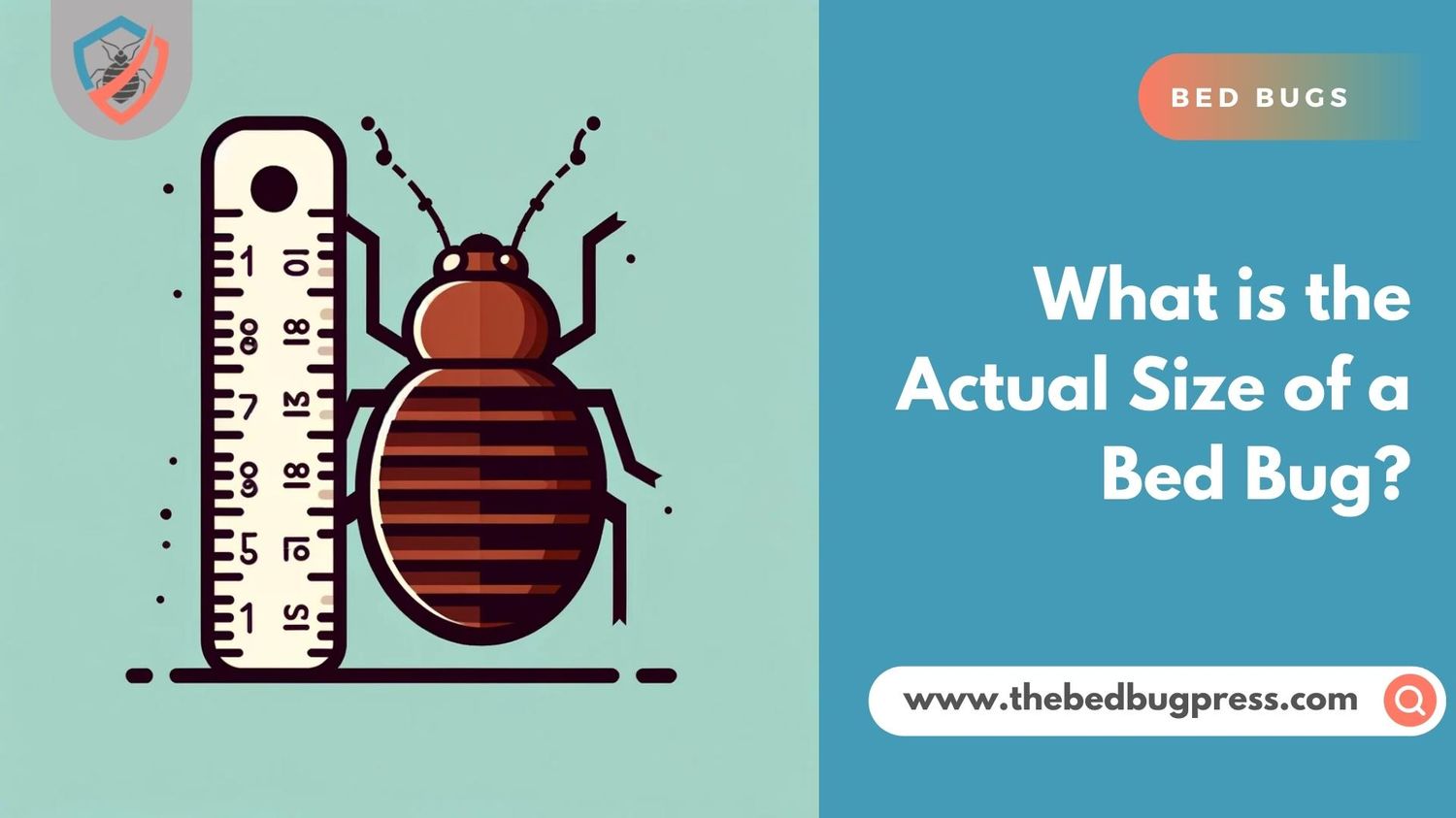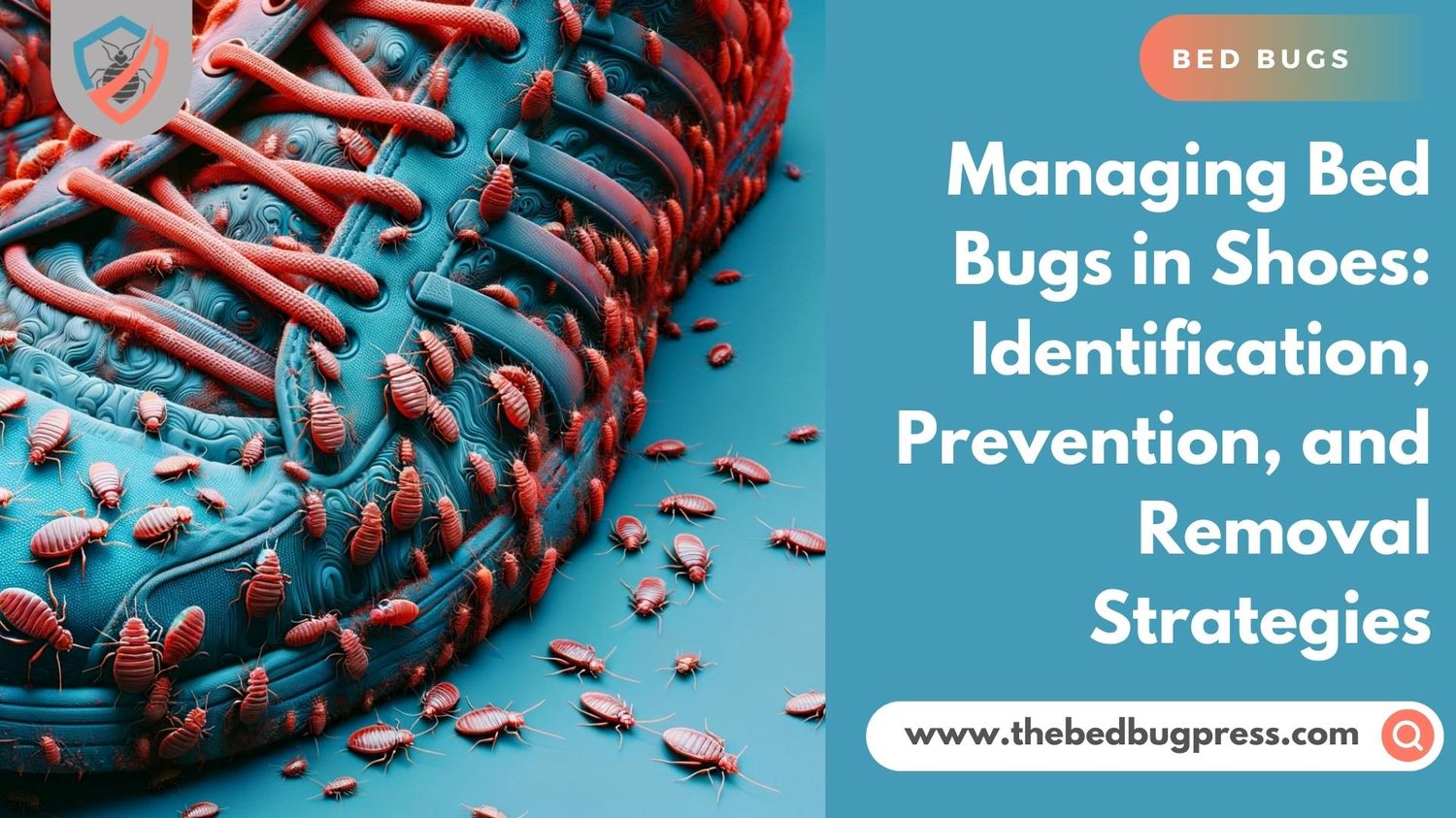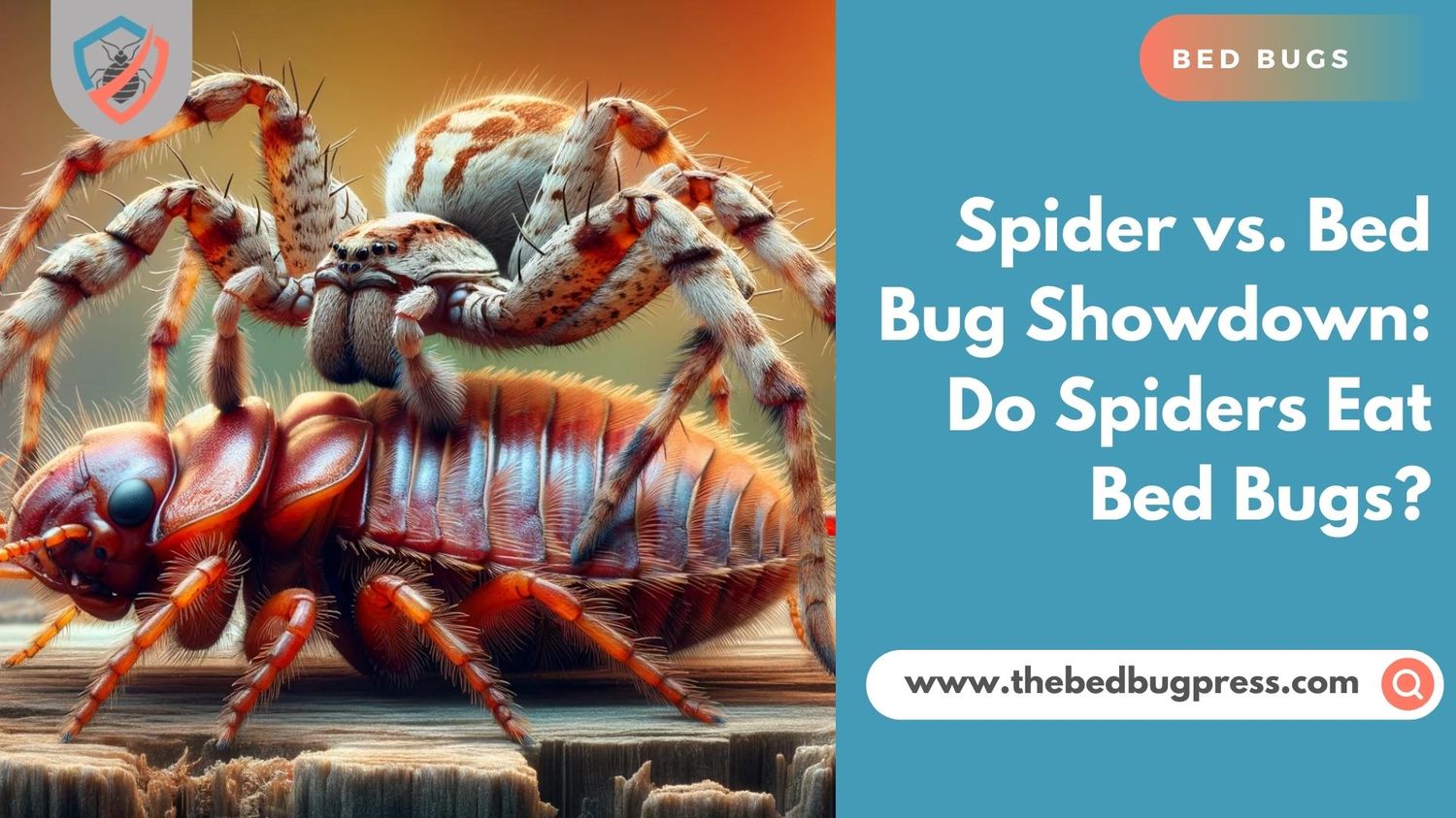Are you tired of dealing with bed bugs in your home? One effective way to prevent and eliminate these pesky critters is by using a bed bug mattress cover. But how do you properly clean and maintain this essential piece of bedding? In this article, we’ll provide you with step-by-step instructions for washing your bed bug mattress cover, so you can keep your sleeping area free from these unwelcome guests.
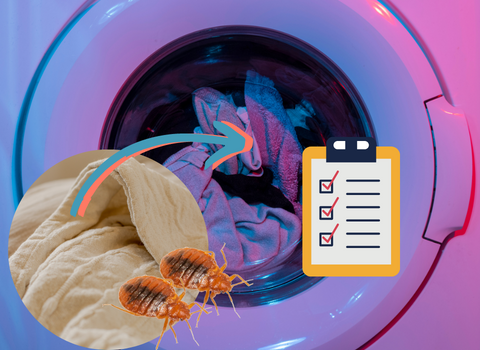
Step-by-Step Guide to Washing Your Bed Bug Mattress Protector
Washing your bed bug mattress protector is simply a straightforward process, but it’s important to follow the correct steps to ensure that it stays in good condition. Here’s a step-by-step bed bug mattress cover washing instructions:
Remove the mattress cover from your bed and shake it out to remove any loose debris.
Check the care label on the protector for any specific washing instructions. Most mattress covers can be machine washed, but some may need hand wash or may require dry clean services.
If machine washing is recommended, set your washer to a gentle cycle using warm water (not hot). Add a mild detergent to the wash, avoiding bleach or fabric softeners as they can damage the protector.
Once the wash cycle is complete, run an additional rinse cycle to ensure all detergent has been removed.
Remove the protector from the washer and gently squeeze out excess water, being careful not to wring or twist it.
Hang the protector up to air dry, preferably outside in direct sunlight if possible. Avoid putting it in a dryer as high heat can damage the fabric and shrink the protector.
Once fully dry, inspect it carefully for any signs of damage or wear and tear that may have occurred during washing.
Finally, replace the clean and dry bed bug mattress protector on your bed for continued protection against bed bugs and other allergens.
Following these steps can effectively clean and maintain your bed bug mattress cover while ensuring its longevity and effectiveness over time.
Say Goodbye to Stains with These Bed Bug Mattress Protector Cleaning Hacks
Stains on your bed bug mattress protector can be tough to remove, but with a few simple cleaning hacks, you can say goodbye to them for good. Here are some tips to help you get rid of those stubborn stains:
Baking soda and vinegar: Mix equal parts of baking soda and vinegar into a paste and apply it to the stain. Let it sit for 30 minutes before wiping it off with a damp cloth.
Hydrogen peroxide: Mix one part hydrogen peroxide with two parts water and apply it to the stain using a clean cloth. Blot the area until the stain disappears.
Lemon juice: Squeeze lemon juice onto the stain and let it sit for 10-15 minutes before blotting with a clean cloth.
Enzyme cleaner: Use an enzyme cleaner specifically designed for removing stains from mattress protectors. Follow the instructions carefully.
Salt: Sprinkle salt onto the stain and leave it for several hours before vacuuming it.
Remember to always check the care label of your mattress protector before attempting any cleaning methods, and test any products on a small, inconspicuous area wash a mattress first. Keep in mind that some mattress protectors may require specific care instructions or professional cleaning services.
By following these simple hacks, you can effectively remove stains from your waterproof bed bug mattress protector and keep it looking clean and fresh for years to come!
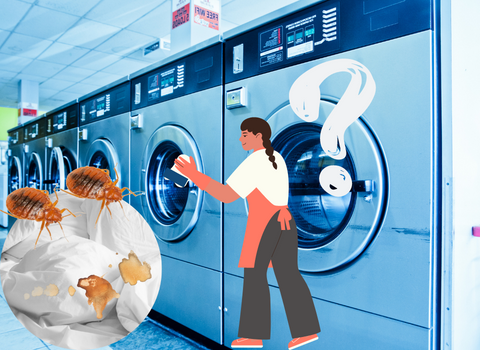
Bed Bug Mattress Protector Care 101: From Maintenance to Repairs
Taking proper care of your bed bug protector is essential for ensuring its longevity and effectiveness in protecting your mattress from bed bugs and other allergens. Here’s a Bed Bug Mattress Protector Care 101 guide, covering everything from maintenance to repairs:
Regular maintenance: To keep your mattress protector in good condition, wash it every few months or as often as needed according to the care label instructions. This will help remove any dust mites, allergens, and other particles that may have accumulated on its surface.
Quick cleanups: For spills or stains, use a damp cloth to blot the area immediately before it sets into the fabric.
Stain removal: If you notice any stains on your bed bug mattress protector, use one of the cleaning hacks mentioned earlier to remove them.
Inspection: Inspect your bed bug mattress protector regularly for signs of wear and tear or damage. Look for holes, tears, or loose stitching that may compromise its effectiveness in protecting against bed bugs and allergens.
Repairs: If you notice any damage such as tears or holes on your mattress protector, you can patch them up with an iron-on patch or sew them up by hand.
Replacement: While regular maintenance and repairs can extend the lifespan of your mattress protector, eventually it will need to be replaced when it starts showing signs of wear and tear like thinning fabric or loss of elasticity.
Protection: Investing in a high-quality mattress protector from the start can help prevent stains and damage from occurring in the first place.
By following these simple steps for maintenance and repairs, you can keep your bed bug mattress protector in top condition for optimal protection against bed bugs and other allergens.
Tips and Tricks for Safely Washing Your Mattress Protector
Washing your mattress protector is an important part of its maintenance, but it’s essential to wash it safely to avoid damaging it. Here are some tips and tricks for washing your mattress protector:
Check the care label: Before washing your mattress protector, check the care label for specific instructions on how to clean it. Some mattress protectors may be machine washable while others require hand washing or dry cleaning.
Use a gentle detergent: Use a mild or gentle detergent that won’t damage the fabric of your mattress protector. Avoid using bleach or fabric softeners as they can weaken the fibers and cause discoloration.
Wash in cold water: Use cold water instead of hot water when washing your mattress protector to prevent shrinkage and damage to the fabric.
Gentle cycle: When machine-washing your mattress protectors, use a gentle cycle with low spin speed to avoid stretching or tearing the fabric.
Hang dry: Avoid using a dryer as high heat can damage the elastic in your mattress protector. Instead, hang it up to air dry or lay it flat on a drying rack.
Spot cleaning: If you don’t want to wash your entire mattress protector, spot-clean any stains with a damp cloth and mild detergent before rinsing with clean water.
By following these tips and tricks, you can safely wash your sheets and mattress protectors without compromising their quality or functionality!

To Cover or Not to Cover: The Importance of Protecting Your Mattress and Box Spring
To cover or not to cover? That is the question when it comes to protecting your mattress and box spring. Here are some reasons why it’s important to cover and protect them:
Hygiene:
Your mattress and box spring can accumulate dust, dirt, and other debris over time. A protective cover can help prevent this buildup, making it easier to keep them clean.
Allergies:
Dust mites and other allergens can thrive in mattresses and box springs. A protective cover fitted sheet, which is hypoallergenic can help reduce the number of allergens present in the bed frame and other parts of the bed, providing relief for those with allergies.
Bed bugs:
Bed bugs are a common problem that can be difficult to eliminate once they infest your mattress or box spring. A protective mattress cover or cover that is bed bug-proof can help prevent an infestation from occurring in the first place.
Longevity:
Protecting your mattress and box spring with a cover can help extend and protect their lifespan by preventing wear and tear caused by spills, stains, and everyday use.
Overall, covering your mattress and box spring is a crucial step in maintaining a healthy sleeping environment that promotes restful sleep. With so many options for mattress covers available on the market today, it’s easy to find a protective cover that fits your needs and budget.
How Often Should You Wash Your Bed Bug Mattress Protector? Find Out Now!
Here are some helpful tips on how often to wash your bed bug mattress protector and how to clean it in different situations:
General maintenance:
It’s recommended to wash your bed bug mattress protector every 2-3 months, or more frequently if you have allergies or pets that sleep in the bed with you.
Guest Bedrooms: Why Quarterly Cleaning of the Mattress Protector is a Must
If you have a guest bedroom with a bed bug mattress protector, it’s important to clean it quarterly to ensure that any potential allergens or bed bugs brought in by guests are removed.
Bimonthly Cleaning: A Must-Do for Allergy Sufferers with a Mattress Protector
For allergy sufferers with a bed bug mattress protector, it’s recommended to clean it bimonthly (every other month) to reduce the buildup of allergens.
Cold or Flu? Post-Illness Cleaning Tips for Your Mattress Protector
If you’ve been sick with a cold or flu and have been using your bed bug mattress protector, it’s important to clean it thoroughly after recovery. Wash the protector in hot water and dry on high heat for at least 30 minutes to kill any remaining germs.
Spilled Food or Drinks in Your Bed? Here’s How to Clean Your Mattress Protector ASAP
If you spill food or drinks on your bed bug mattress protector, act fast! Remove the stain from your bed bug mattress covers and blot the stain with a damp cloth. Then, follow one of the stain removal methods mentioned earlier.
By following these guidelines for washing and cleaning your bed bug mattress cover, you can ensure that it remains effective in protecting against bed bugs and other allergens while also keeping it looking fresh and clean.
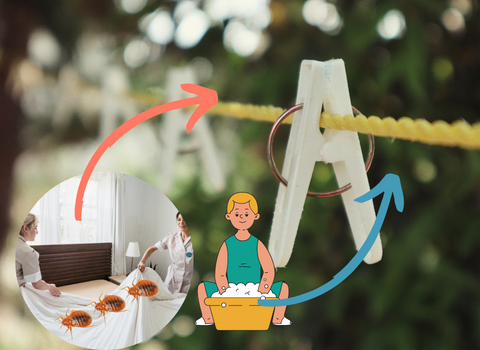
Why Cleaning Your Mattress and Its Protector is Key in Controlling or Eliminating Bed Bugs
Cleaning your mattress and its protector is key in controlling or eliminating bed bugs. Here’s why:
Bed bug prevention:
Regular cleaning of your mattress and its protector can help prevent bed bugs from making themselves at home in your bed. By removing any debris or crumbs that might attract them, you’ll be less likely to have an infestation.
Early detection:
If you do end up with a bed bug problem, regular cleaning can help you detect it early on. By inspecting your mattress and its protector regularly, you may be able to spot signs of bed bugs before the infestation gets out of hand.
Bed bug removal:
If you confirm the presence of any bed bugs, cleaning your mattress and its protector is a key step in getting rid of them. Vacuuming can help remove any live bugs or eggs that might be lurking in the fabric while washing with hot water can kill any remaining pests.
Prevention of re-infestation:
After treating bed bugs, it’s important to clean your mattress and its protector thoroughly to prevent re-infestation. Any remaining eggs or bugs could hatch and start the cycle all over again if left unchecked.
Overall, regular cleaning of your mattress and its protector is essential for preventing, detecting, and treating bed bug infestations. It’s important to follow proper cleaning procedures to ensure that you’re effectively removing any pests or eggs without damaging the fabric.

